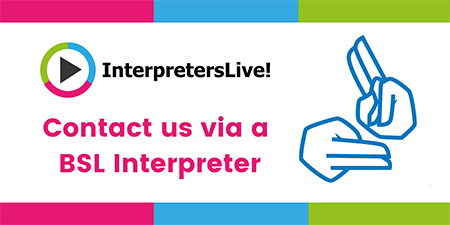It’s one thing to say your business values inclusion, equity, and diversity. But if your job advert is still shouting about “competitive salaries,” demands a decade of experience for a mid-level role, or links to a 10-page application form, it’s time to take a step back.
Because here’s the truth: your job adverts are one of the most visible, influential, and often overlooked parts of your inclusive recruitment strategy.
If your careers page is full of copy-and-paste job specs and outdated language, it doesn’t matter how glossy your DE&I strategy is – candidates will spot the disconnect a mile off.
A job advert is not a job description
This is the first thing I tell recruiters and hiring managers. Your job advert is a **marketing tool**, not a list of tasks. It’s your chance to capture attention, build trust, and show candidates that your client’s business is a place where they’ll be respected, supported, and able to thrive.
Good adverts do so much more than sell a vacancy. They build personal brands, show allyship, and back up your employer value proposition. Bad adverts? They unpick everything you say you stand for.
So, how do you write a job advert that reflects your DE&I work?
There’s no one-size-fits-all formula, but after years of recruiting, I’ve built a framework that works. It’s inclusive, effective, and rooted in lived experience. Here’s what I recommend.
Always include:
-
- the salary – not “competitive,” the actual number
- a decent list of benefits – think beyond the basics, highlight the inclusive ones
- the flexible working offer – with detail, not just a throwaway line
- how the business supports accessibility – real support, not generic statements
- the top three most exciting or rewarding parts of the role – and how they’ll elevate the candidate’s career
- only the deal-breaking must-haves – keep it realistic, keep it relevant
- the company’s DE&I commitments – be specific and back them with evidence
- timelines and process details – transparency builds trust
- insight into the company’s culture and values – not “boozy Thursdays,” but values that drive performance, respect, and belonging
Never include:
-
- “competitive salary” – candidates deserve transparency
- 78 bullet points copied from the JD – it’s overwhelming and irrelevant
- a list of 25 “must-haves” – it’s lazy, exclusionary, and likely inaccurate
- the phrase “must have excellent spoken and written English” – unless truly essential, it’s discriminatory
- language like “rockstar,” “ninja,” “tribe,” “gang,” or “fast-paced” – it’s coded and outdated
- unnecessary qualifications – be clear on what’s truly essential
- overcomplex language – write for clarity, not a corporate handbook
- a “do not apply if…” message – nothing says unwelcoming quite like that
- a link to a clunky, inaccessible application portal – it’s 2024, this stuff matters
- pronouns in the wrong places – avoid assuming or defaulting to gendered language
A structure that works every time!
Start strong
Lead with a hook. Ask a question. Invite the reader in. Are they looking to level up their career? Join a business that actually lives its values? Work on something that matters? Say it upfront.
Show who your client really is
Give the reader a sense of what makes this company different. What are they proud of? What do they stand for? What have they achieved? Avoid generic statements – be specific and authentic.
Highlight the top three features of the role
For each one, explain why it matters and how it benefits the candidate. Think beyond duties – what will they learn, lead, create, or change?
Be clear about the essentials
List only the absolute must-haves. Add context so the candidate can see how and where these skills will be used. This helps sell the role and avoids overwhelming people with “nice-to-haves” that don’t matter.
Outline the process
Explain the timeline, next steps, and any key dates. Mention if the role is retained or exclusive – it builds credibility and trust.
Give your inclusion work a voice
Feature three real, tangible things your client is doing to create inclusion, equity, and equality. This might include their pay gap work, anti-racism efforts, inclusive benefits, or accessibility commitments.
Finish strong
Close with a human, accessible call to action. Invite the candidate to reach out if they need adjustments, and make sure the tone is welcoming and inclusive – not robotic or performative.
Want to boost inclusion even further? Here are a few extras that can make a huge difference:
-
- Talk about how your client supports gender identity and trans inclusion
- Mention their support of working parents, carers, or flexible workers
- Link to their pay gap report or values in action
- Share the impact of their DE&I work on real employee experiences
- Include a warm, thoughtful accessibility statement written for real people – not cut and pasted from a local government page
Final thoughts
Every time you post a job advert, you’re shaping your client’s reputation as an inclusive employer. So make it count. Inclusive job adverts are not about ticking boxes or toning things down. They are about being intentional, respectful, and real. They help the right candidates see themselves in the role – and that’s where inclusion begins.
If you need help transforming your adverts, reviewing your language, or building inclusive hiring strategies that work, drop me a message. I’m here to help.


